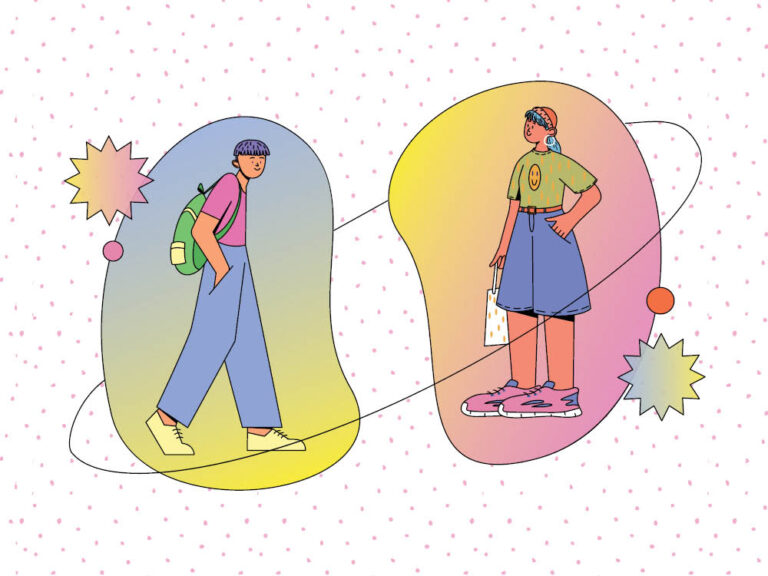
Discover a more mindful way of capturing those magical moments you make while travelling
In 2020 it has never been easier to take photographs, particularly when you’re on the move. It’s estimated that more than a trillion images were created last year, with this figure set to rise as camera phones continue to improve. ‘Today everything exists to end in a photograph’, wrote philosopher Susan Sontag in 1977, and it seems she was right. But creating all these #travelpics indiscriminately is not a good thing – when you have so many photos that your phone or laptop struggles to start up every day, it could be time to analyse your picture-taking habits.
Take fewer pictures
Not so long ago, photographers were limited to 24 or 36 frames on a roll of film. Each picture cost money to produce, process and print, which led to a slow and contemplative approach to image making. It can be good practice when you’re travelling to shoot as though you’re faced with the same limitations. Be mindful of the act of taking a picture: connect with your subject and take time to notice the detail in your exotic surroundings, including the direction and quality of the light. Wait until everything feels right and then take a single photograph. Follow this advice and you will take fewer, but better, pictures on your travels.
Don’t let pictures stand in for memories
In 2013, psychologist Linda Henkel published a paper looking at how taking pictures can have an impact on the ability to form memories. Participants in the study were taken on a tour of an art museum where they were asked to photograph certain objects, while simply observing others. At the end of the study, those who had taken pictures of the artworks in their entirety remembered less about them than those who simply observed the art. This, Linda concluded, was due to the ‘photo-taking-impairment effect’.
Interestingly, when participants zoomed in to shoot details, their ability to recall information improved. Paying attention to the majestic scenery or significant monument you would like to capture, and concentrating on the process of taking the picture, will result in richer, more detailed memories.
Consider why you’re taking a photograph
Until fairly recently, the main reason for taking a picture was to look back on a life event like an overseas holiday, but since social media took off, this motivation has changed somewhat.
While recording key events for self-recollection is still important, taking pictures is now a crucial way of communicating how you feel and what you’re experiencing right now to your peers.
Before you take a picture, ask yourself why you’re taking it. Are you sharing a shot of you ‘holding up’ the Leaning Tower of Pisa to conjure the envy of your friends? Why do you feel the need to do this, and what does it achieve?
Protect your pictures
Storing all of your holiday pictures in one place is asking for trouble. If you use a digital camera, don’t buy the biggest memory card you can find – spread the risk over several smaller cards, that way if one gets lost or corrupted you won’t lose everything.
Download your files to two portable storage devices and keep one of them off-site. Consider using cloud storage so that your files are maintained and backed up online. Finally, if you do lose everything try to see it as an opportunity to start afresh – perhaps it’s time for another trip?
Print out your pictures
Too many images are stored on digital devices for months and months, and then simply deleted to make way for new ones. Failure to print these pictures is often because of cost, time or confusion as to which photo centre to use. But waiting until you have the perfect print denies you the opportunity to display your travel memories and discuss them with others.
There are many reasonably priced printing services online, and myriad ways to display your pictures. Forget about the dusty photo albums of yesteryear and explore some of the more modern options. Snapfish (snapfish.com.au), for example, will print your pictures onto canvas so that you can display them proudly.
Once these pictures are on your walls, it will invite people to comment on them, sparking engaging conversations and creating new memories.
Words: Tracy Calder
This article was originally published in Issue 17 – Going with the slow



















